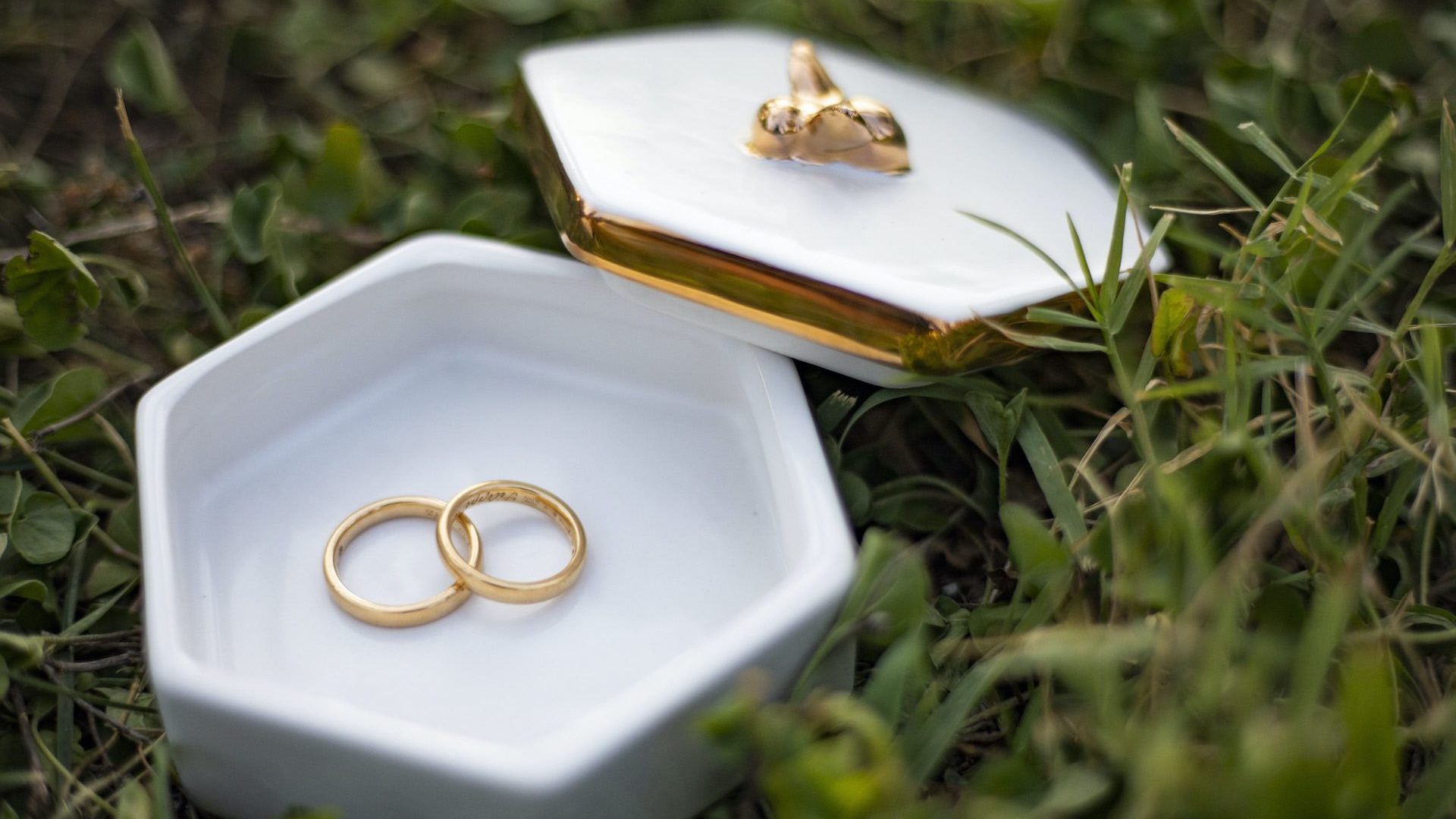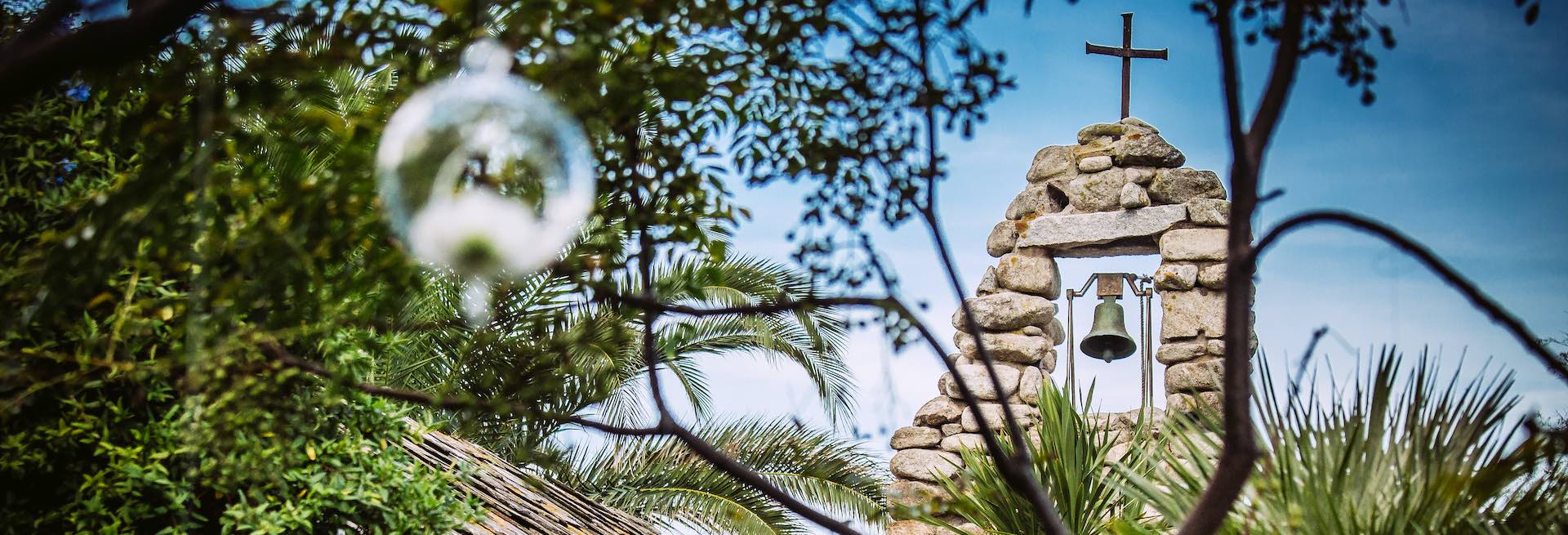

WEDDING PLANNING & DESIGN | LUXURY EXPERIENCE | CHARMING DESTINATION
ELBA ISLAND | TUSCAN ARCHIPELAGO ISLANDS | TUSCANY | ITALY
Rites
Getting married in Tuscany
Italy’s Top Wedding Destination
Celebrating a wedding in Tuscany and the islands of the Tuscan Archipelago is a unique experience. When it comes to weddings, Tuscany, spellbinding and astonishingly beautiful, is one of the most sought-after Italian regions, and a favorite among foreigners, VIPs, celebrities, and others. Its churches, abbeys, cathedrals, and synagogues for religious ceremonies, and its gardens and castle courtyards, squares of ancient villages and natural amphitheaters, panoramic seafront terraces and beaches for civil and symbolic celebrations are all “Places of the Heart” perfect for saying “I do”. Italy has it all: no other country in the world offers such a wide and diverse range of breathtaking landscapes, all ideal settings for fairytale celebrations. Tuscany has hosted many a celebrity wedding. From famous artists such as David Bowie, who married in Florence in 1992, to sports stars like Wesley Sneijder, who chose Castelnuovo Berardenga, near Siena. From the niece of the Queen of the Netherlands, Caroline of Bourbon, who married in San Miniato, to Joe Hart, the Manchester City goalkeeper, who tied the knot in the gorgeous setting of the Castello di Vincigliata in 2015. And then again, the wedding of Kim Kardashian with rapper Kanye West, and that of Aradhana Lohia, daughter of Indo-Thai tycoon Aloke Lohia, one of the world’s richest men, with Kevin Sharma. From the wedding of Olympic medalist Tania Cagnotto and Stefano Parolin, celebrated on Elba Island, one of the Tuscan Archipelago’s seven beauties, in 2016, to the recent nuptials of Rohan Mehta, scion of one of India’s leading business families, with Roshni. Tuscany’s timeless allure makes it Italy’s Top Wedding Destination.
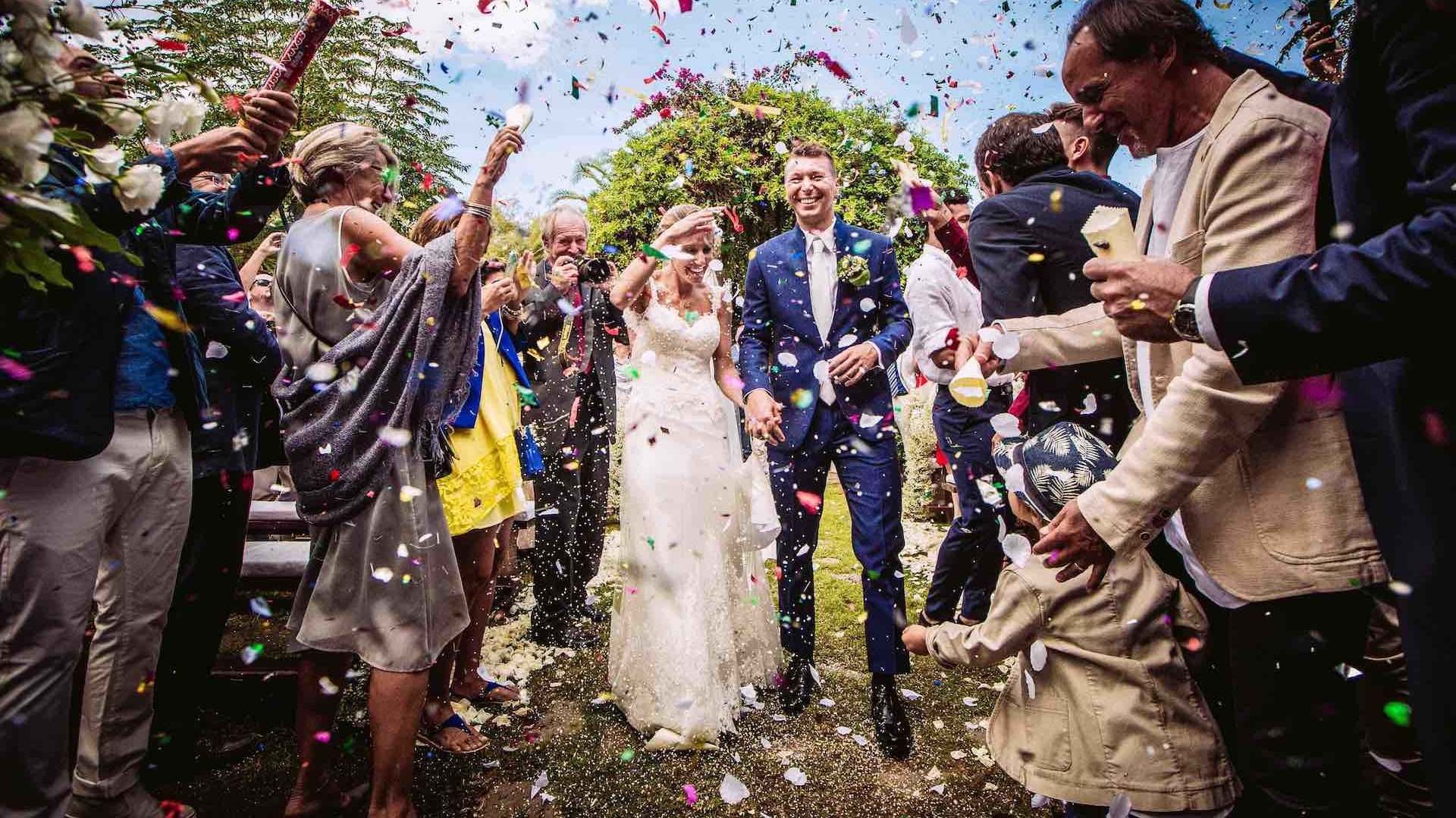
Choosing the wedding ceremony ritual to say “Yes, I do”
The wedding ritual is one of the key items to focus on when planning a wedding. That’s where all the rest – the choice of the most appropriate “Place of the Heart”, the design of the wedding and tailoring of the event, mindful of the couple’s traditions and beliefs and, at the same time, with a theme and style in keeping with the latest trends – stems from. There are different wedding rituals currently in use in Italy and around the world: the Catholic, Protestant, Orthodox, and Jewish rituals, and the civil and symbolic ceremonies. Each has its own specific set of rules or guidelines to follow.
A religious wedding ceremony is held in a church, chapel, or other place of worship, and can be officiated by an authorized minister only. The bride and groom are required to provide all relevant religious documents; these vary depending on the religion. Non-Catholic religious weddings (Protestant, Jewish, Anglican, or any other faith) are not legally binding in Italy, even if they do hold religious significance.
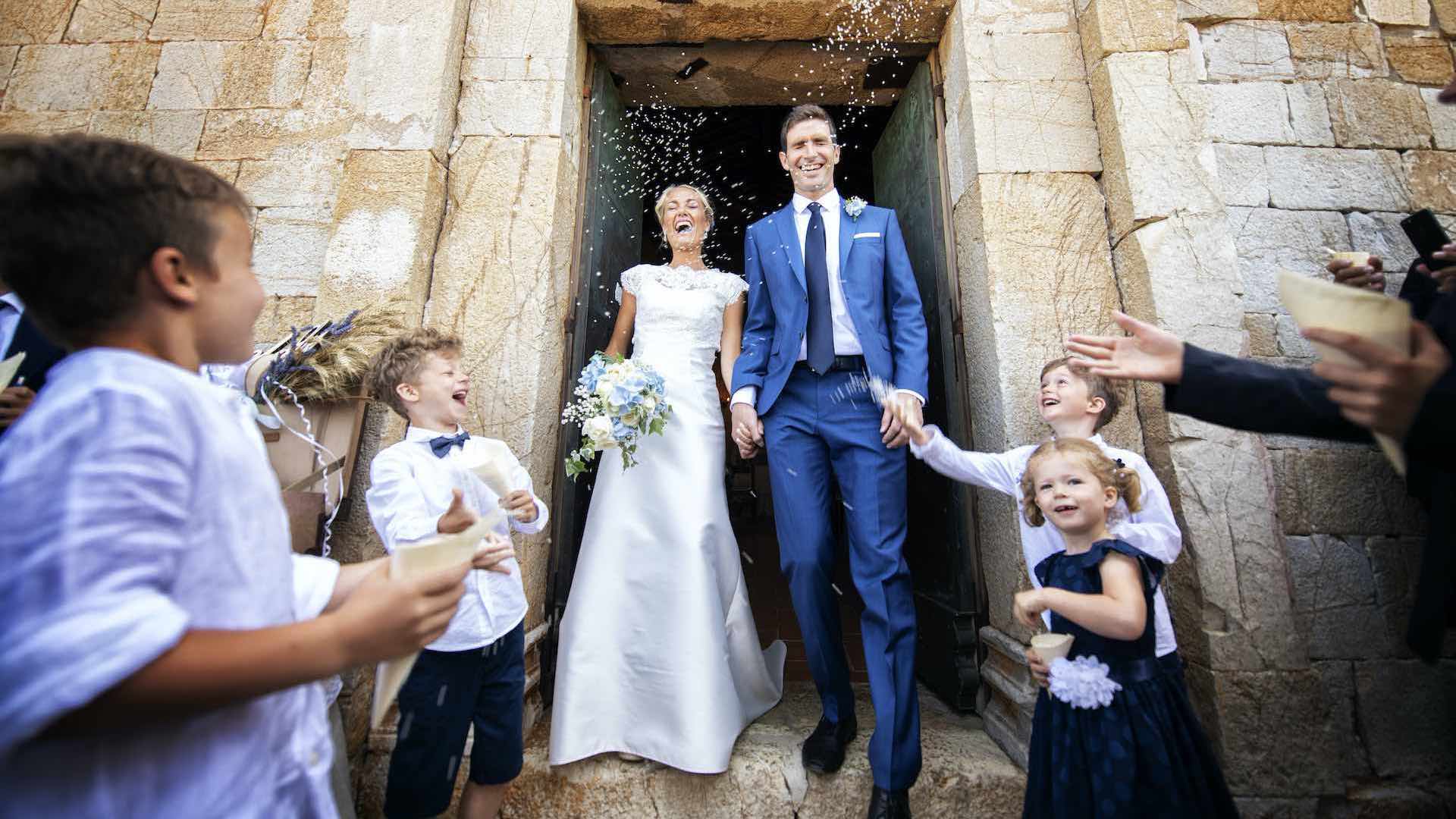
Civil wedding ceremonies
Religious weddings have, and will always have, a certain appeal, yet in recent times more and more couples are opting for civil ceremonies. Religious rituals are evocative and moving, but hardly customizable. Civil ceremonies, on the other hand, allow the bride and groom to choose their favorite music and readings without any kind of constraint. They also allow the couple to have the wedding celebrated by a loved one, such as a relative or friend, or by an officiant, which is very popular abroad and nowadays fashionable in Italy as well. Couples choose to have a civil ceremony for different reasons, but all share one desire: having a carefully, beautifully planned ceremony that is as meaningful and moving as a religious one. Choosing a civil ceremony doesn’t imply being unspiritual: pledging eternal love is always an intimate and engaging experience. Civil ceremonies are very brief because they consist of the reading of a few law provisions, followed by the classic formula “I pronounce you husband and wife”. Given the ritual’s brevity, we recommend that the bride and groom include music in the ceremony and combine the reading of law provisions with symbolic rituals. A civil ceremony can be held in any place or venue, as long as it is within national borders and legally recognized by the municipality where it takes place.
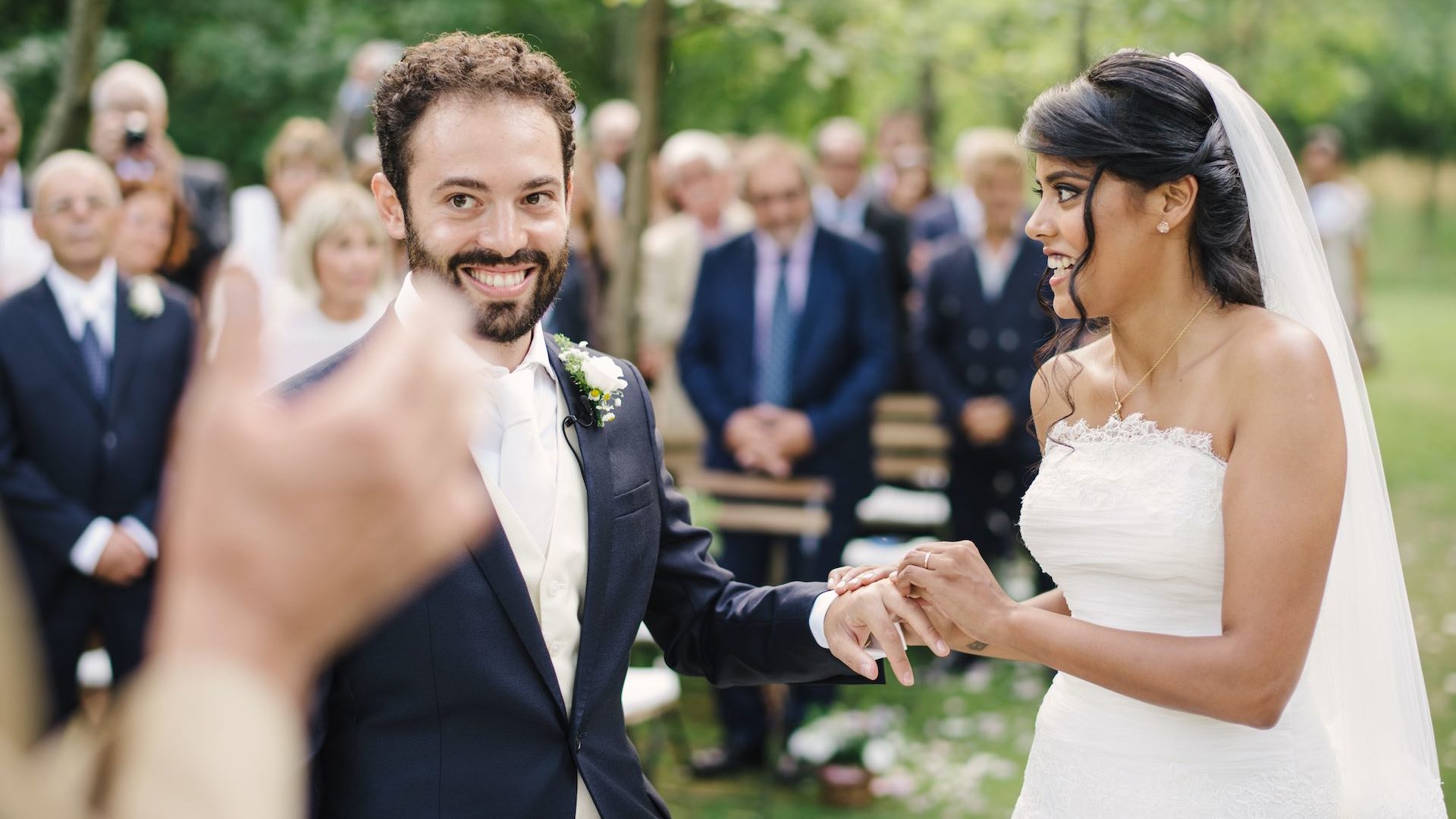
Symbolic wedding ceremonies
Symbolic ceremonies are an excellent alternative to civil ceremonies for those who want to avoid paperwork or have already held a civil ceremony in their home country. Since these have no legal or religious value, they can be celebrated anywhere and in any language. Like civil ceremonies, symbolic ones can be personalized using beautiful floral arrangements, creating a fairytale atmosphere, and adding the bride’s and groom’s promises and vows, as well as readings, poems, and music. There are many beautiful and moving rituals that one can choose to add a magical and spiritual touch that reflects the personalities of the bride and groom. The sand ritual and the candle ritual, also known as the rite of light, are among the most famous; others include the chuppah ritual, of Jewish origin, the handfasting ritual, the rose ritual, the tree planting ceremony, and the ring warming. The sand ritual is among the most beloved by couples who choose the civil ceremony: it involves pouring colored sand inside a glass vase while saying their wedding vows, accompanied by music.
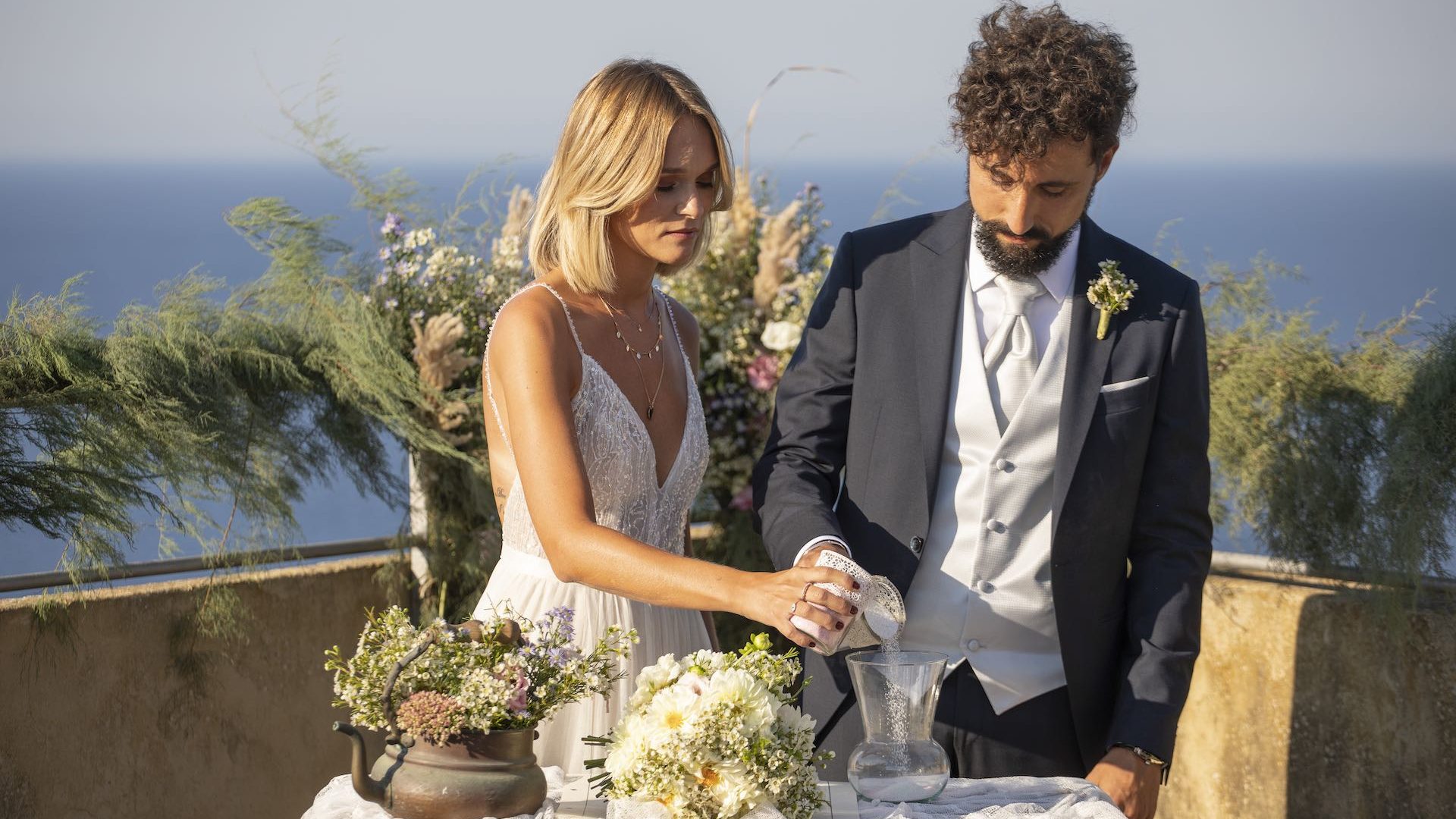
The chuppah ritual, of Jewish origin, is also well-known. Originally, the chuppah was the canopy under which the officiant celebrated the union and the bride and groom said their vows. Today, the bride and groom’s parents cover the couple’s shoulders with a shawl, possibly one embroidered by hand, then the bride walks around the groom seven times: this symbolizes the birth of the new family. Handfasting is an ancient Irish ritual that has been taken up by various cultures and religions, including Wicca, also known as the religion of nature; it has retained its appeal over time. It consists of tying the hands of the bride and groom together with a ribbon to symbolize their spiritual union. The most unique symbolic ceremonies include the Tree Planting Ceremony, during which the bride and groom plant a sapling (or seedling), a symbol of their love, and pledge to nurture it and help it grow strong and healthy, and the Ring Warming, which involves all wedding guests. During the Ring Warming ritual, the couple’s rings are tied together with a ribbon, or placed inside a bag, and passed from one guest to the next. Each person can clasp the rings in her or his hands, and “warm” them with her or his blessing and good wishes. While holding the rings, guests should express a positive thought dedicated to the bride and groom, and then pass them on to the next guest. When the rings reach the couple, they will be filled with the love of all who shared the bride and groom’s special day.
